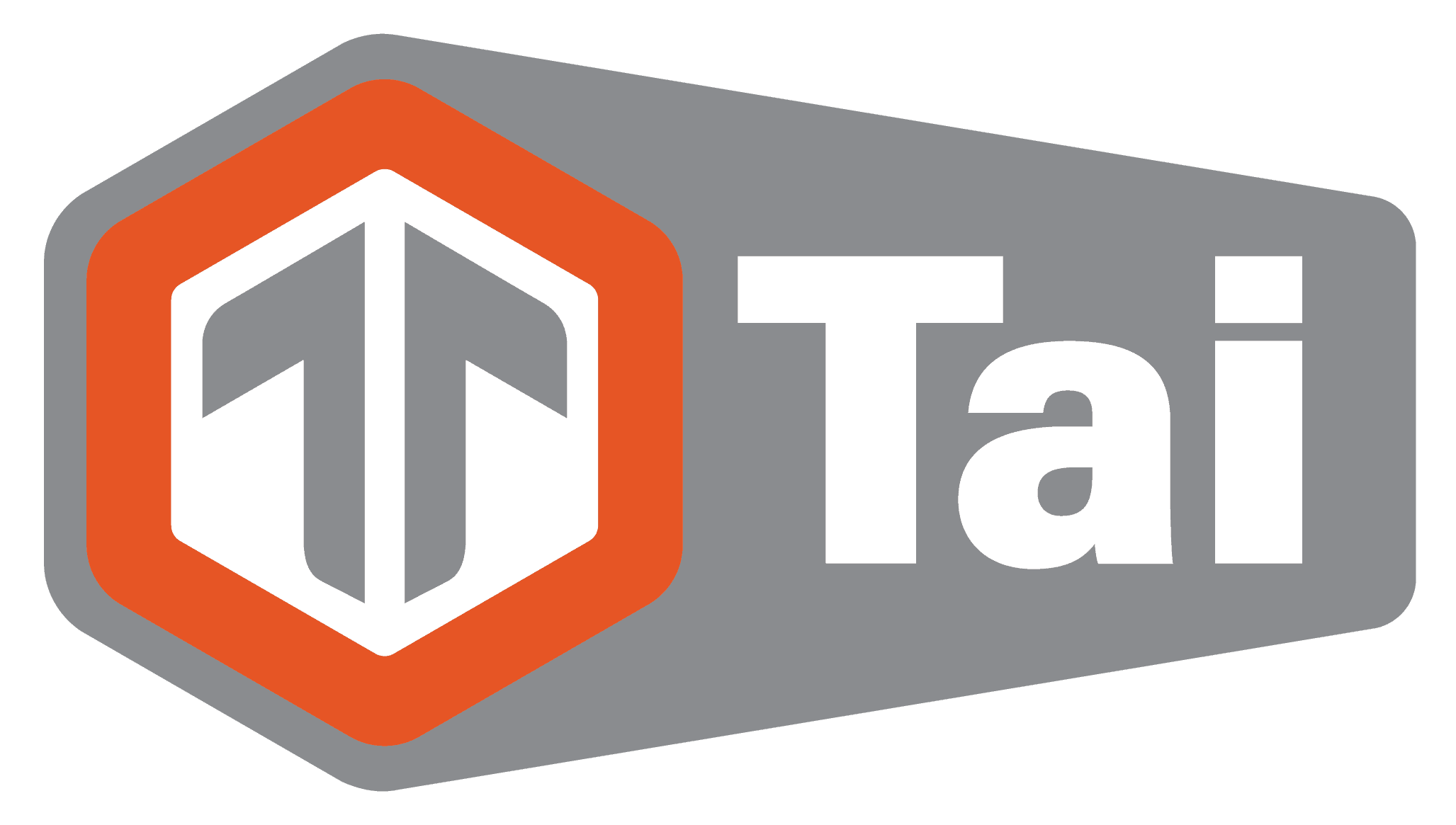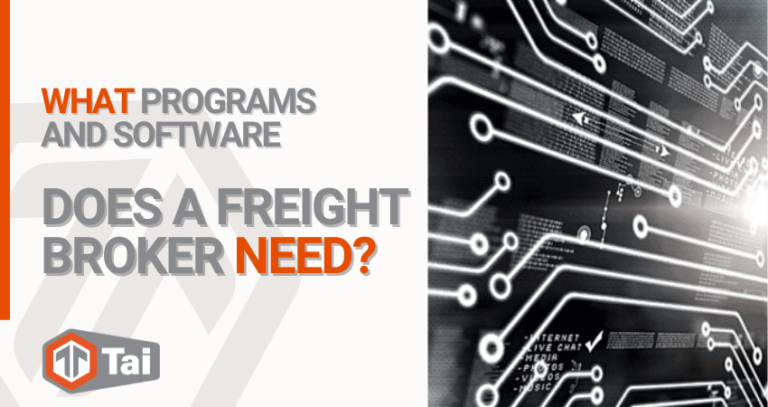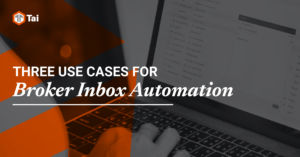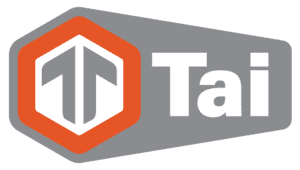Freight brokers act as middlemen between shippers and freight transportation carriers. Freight brokers will see to it that carriers deliver the shipper’s freight in a timely manner and at the right destination. And while freight brokers may not actually come in contact with the actual freight nor with the shipper or the carrier’s representative, they will, most certainly, interact with all of them. To put it simply, freight brokers will schedule freight pickups and deliveries, as well as follow up on their movements using state-of-the-art digital technologies.
Some will look at logistics technology used in the freight industry as something along the lines of what Uber or Lyft have been implementing in the ride-sharing market, or Airbnb with vacation rentals. However, logistics automation is far more complex. While load-matching technologies are fast-growing, other logistics programs and freight software are taking different approaches to streamlining the work of carriers, shippers, and freight brokers. These are meant to streamline logistics and supply chain operations, as well as drive profits for their users.
Match Available Loads With Available Trucks
Using technologies to help freight brokers match available loads with trucks on the spot market is not an entirely new concept. Platforms such as Truckstop.com have been doing it since the ’90s by creating a virtual load board in the early days of the internet. It has since continued investing in technology to help it match trucks and loads. The aim of the software that falls in this category is to identify opportunities, minimize the number of empty miles, multi-leg dispatched, as well as reduce all sorts of inefficiencies out of the process. They even strive to fully automate the load-matching process.
However, matching freight with the available capacity outside of the traditional bid-and-contract process will not be limited solely to the spot market. There are some solutions out there that allow carriers and shippers to work together and improve the use of lanes on a long-term basis. Basically, you’ll have your lane networks loaded into the software and will highlight which other members of the platform will line up well with your network. For instance, you have a shipper that wants to send freight from point A to point B, while another one is looking to send their freight from point B to A. This type of software will show freight brokers these types of matches, allowing them to connect and set up a deal. These programs can also be used to find freight on empty legs in private or dedicated fleets as well.
Shipment Visibility Solutions
Real-time shipment visibility, coupled with comprehensive data analytics, will allow logistics managers and other key decision-makers to stay on top of the situation and make quicker and more informed decisions at all times. By knowing where the trucks are at all times, which is made easier with the electronic logging device mandate and vehicle telematics, businesses all across the supply chain will be in a far better position to tackle the so-called Amazon effect. Put simply, today’s buyers expect to know when their shipment is going to arrive, as well as where it is in the system. And while big package carriers like FedEx or UPS can provide this type of visibility, smaller carriers that cannot will often be left out of the market. The same thing can also be said about smaller shippers and brokers.
Automating Rates
Another area of business that will benefit from increased visibility and automation is in terms of accounting, payments, and pricing. Some of these technologies may allow skilled brokers to make decisions on prices immediately. If in the past, shippers got a tender and had a contracted price that was agreed on through some sort of bid process. Alternatively, they negotiated the price over the phone. With today’s software solutions, pricing has become part of the communication mechanism. Both the shipper and freight brokerage company are able to do that since the pricing data that is available on the market are better and more reliable.
Traditionally, it was fairly difficult to determine the exact price of a load. Automated bidding is one of the most efficient tools to help stakeholders. Carriers will be able to specify the lanes they want to run, when they’ll be empty, as well as what rate will work for their business. And for every load that will pass through the system’s network, it will automatically compare it with their preferences. If there’s a match, the load is offered in the app, allowing the carrier to accept. There will be no need for negotiating, and other such back and forth.
There’s also a need for freight rating software. The basic function of such a tool is to match the shipping and freight characteristics with the carrier’s price and service offering. This would enable both shippers and third-party logistics service providers the possibility to look over the best rates from multiple carriers. Freight rating tools will be designed to optimize both the head haul and backhaul components of a shipper’s network. They also need to deliver the analytics that shippers will need during the lane-by-lane rate negotiations with their carriers.
Introducing Freight Broker Software

Ideally, all of these systems mentioned above, as well as other software used by freight brokers such as a CRM and dedicated accounting software, should all be included in a single system. This is what’s known as freight broker software or freight brokerage software. Put simply; this is a type of transportation management software (TMS) that will help streamline freight brokerage operations. It will help by entering loads, sourcing and qualifying carriers, invoicing customers, dispatching drivers, paying carriers, and more. Also known as freight management software, these types of programs can also be customized to handle many of the real-time needs of freight brokers. This can include things such as trucking dispatch, billing driver payroll, tracking fuel tax, monitoring all driver logs, conducting routine vehicle maintenance, or planning routes via GPS mapping.
Just like freight forwarding software, transportation management solutions dedicated to freight brokers will provide the technological advantage to assist shippers with their freight ready to haul by finding qualified carriers able to manage that load. These software solutions will handle the required logistics operations, accounting needs, and customer service that go into managing a transportation and shipping business.
Tai Software
Tai software is one such digital solution that’s perfectly capable of encapsulating all of the programs and software that a freight brokerage business needs into one. When it comes to LTL brokers, experienced freight brokers need a solution that can grant them the ability to scale. Calling and emailing individual carriers is a thing of the past and should no longer have a place in today’s market. To build their business and stay competitive in the transportation industry, freight brokers will have to automate their systems, schedules, and routes. This will make their lives that much easier.
Tai TMS also offers a powerful, self-service client portal that will organize your rate into a single, convenient platform. It will also help keep your staff organized through automated tracking and dispatching. Our solution will not end with booking, either. With its direct API and EDI carrier integration that will give staff members the necessary insights, they will be in full control over the entire shipment lifecycle.
Automated tracking and dispatching will also move shipments from quote to delivery without ever needing any intervention from your staff members. Carrier updates will feed directly into the TMS activity log, allowing users to access customer updates at a moment’s notice. This type of automation will speed up a freight broker’s scalability by allowing them to take on additional shipments without increasing their labor costs.
Another benefit that applies to Tai TMS is its API tariffs that offer brokers and their clients instant access to the LTL rates. This also provides instant access to a fast rate selling tool. Tai will display all of the broker’s LTL rates into one location, providing instant quotes to clients. They can even access your LTL rates directly through a branded self-service company portal, which will help increase your shipment volume without also increasing your overall workload.
In terms of shipment visibility, Tai TMS allows freight brokers to track their LTL shipments right from the shipment’s profile. Through direct API/EDI integrations to LTL carriers, tracking the updated feed is possible right through the shipment activity log. This will allow the operations team to keep a close eye on all shipments in transit while also empowering customer service teams to keep track of customer updates. These updates will also be displayed in the client portal, giving them the ability to track their own shipments and provide them with much-needed peace of mind.
Tai Software for FTL Brokers
When it comes to FTL, Tai Software for FTL Brokers is specifically suited because it allows brokers to manage their entire workflow from a centralized location. They can create loads and source coverage from their own networks, as well as sort their network based on carrier preferences. Load boards will be directly integrated, posting loads from a single page within Tai’s automated tool. Carrier bids will feed directly into the platform, which will allow users to quickly onboard new carriers with their details automatically conveyed to onboarding teams. This simple form of the workflow will allow for both cost savings and the possibility to scale.
It also gives clients the ability to view their shipments every step of the way. In doing so, brokers will be able to increase their customer service while also significantly decreasing the incidence of theft. Tai TMS will elevate tracking by making use of the Tai Mobile app, which will be continuously updated directly into the self-service portal.
You will also be able to quickly onboard new carriers and track their compliance details so as to widen your network and instantly find new coverage. Tai TMS will integrate easily with most standard industry software, which will allow you to gather information faster from multiple sources, as well as eliminate any cumbersome processes, as well as ensure that carriers are verified without breaking your daily workflow.
As a cloud-based solution, Tai Software is perfectly suited to cover all of your freight brokerage needs. Request a free demo today and stand above the competition!










